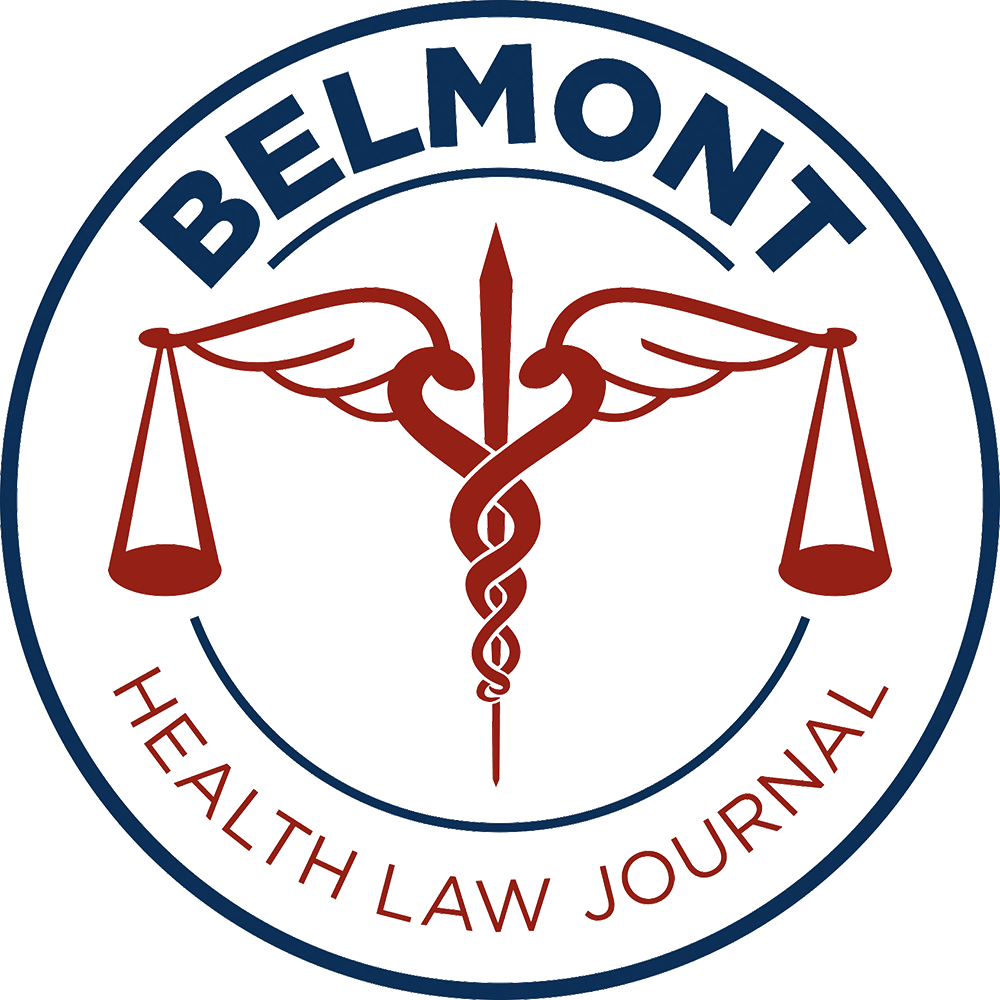Kendall Warden, Class of 2024, Belmont Law
The United States District Court Northeastern District of Ohio, Eastern Division, in a giant MDL encompassing 11 bellwether trials, issued an abatement order on August 17 mandating three giant pharmacy chains to pay a combined $650 million dollars towards the opioid crisis.
This specific track three bellwether trial in the Northern District of Ohio decided: “(1) only public nuisance claims (2) against only the pharmacy defendants (3) in their roles as distributors and dispensers.” After receiving briefs on whether the trial should be to a jury or a bench, the Court concluded “that public nuisance liability will be determined by the jury,” and “if liability attaches, the Court will separately fashion remedies.”
Plaintiffs in this case, Lake County and Trumbull County, sued defendants alleging their actions “led to a severe oversupply of prescription opioids, which ultimately created a public nuisance.” The original defendants included Rite Aid and Giant Eagle, but both companies settled before Phase I of trial. This left CVS, Walgreens, and Walmart as the remaining defendants proceeding to trial. After a six-week presentation of evidence and one week deliberation, the jury found for Plaintiffs and against all three of the defendants. The jury specifically concluded, “that: (1) oversupply of legal prescription opioids, and diversion of those opioids into the illicit market outside of appropriate medical channels, is a public nuisance in [the Plaintiff counties]; and (2) each of the three defendants (CVS, Walmart, and Walgreens) engaged in intentional and/or illegal conduct which was a substantial factor in producing the public nuisance. The jury clearly affirmed that all three defendants had “caused a significant and ongoing interference with a public right to health or safety that is ongoing today. CVS, Walgreens, and Walmart all filed motions claiming the verdict was not supported by the weight of the evidence and requesting a new trial. The Court denied the motions.
In Phase II of the trial, the Court pointed out the depth and extent of the opioid crisis. Specifically, that even if Defendants were found to have created the opioid crisis, there is no possible way they could abate the crisis themselves without additional, and extensive, financial resources. The Court detailed its goal was to provide injunctive relief with the objective not to compensate Plaintiffs for past harm, an award of damages, but instead to offset the costs of abating the nuisance. This is the purpose of an abatement remedy. The scope of an effective abatement remedy in this case includes programs and interventions that will lessen or remove the nuisance condition Defendants created. To no avail, the Court, after providing multiple opportunities to do so voluntarily, ordered the three pharmacy defendants to submit a proposed abatement plan. Frustratingly, “the Defendants did not even attempt to suggest any plausible lesser alternatives,” than Plaintiffs’ expensive, proposed abatement plan.
Plaintiffs’ plan requires Defendants to fund programs to decrease OUD and addiction from the Counties’ populations. Specifically, the effective proper scope includes funding programs for (1) “treatment of those suffering from opioid addiction or OUD, including funding of programs to identify and connect with those individuals; and (2) prevention of opioid abuse and opioid recidivism.” Despite Defendants’ objections that the Court was backhandedly awarding damages to Plaintiffs, the Court’s abatement remedy will inevitably cost Defendants money. Approximately a combined amount of $650 million dollars to be precise.
This is the first time pharmacy chains have been on the hook for paying towards the opioid crisis, and it will be interesting to see how wide the door will open now that it has been cracked. Maybe when a court asks you to provide a reasonable plan, you should provide a reasonable plan.
https://www.ohnd.uscourts.gov/sites/ohnd/files/4611.pdf
https://www.americanbar.org/groups/health_law/section-news/2022/september/pharmacy-chains-on-the-hook-to-pay-towards-opioid-crisis/
